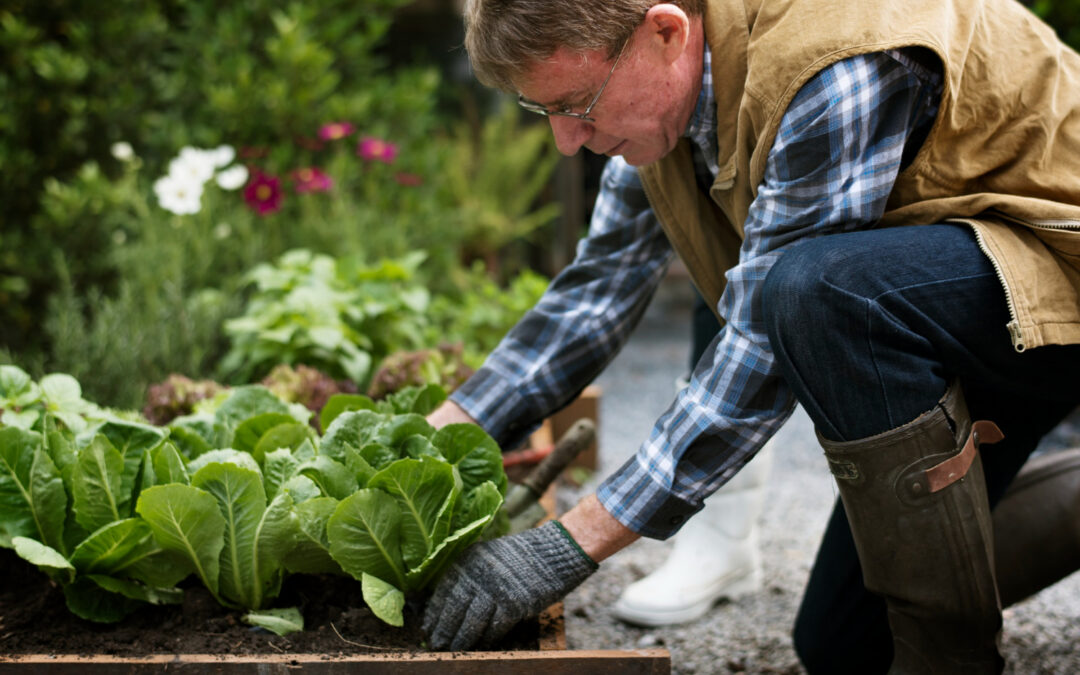Spring is the perfect time to get your hands dirty and start planting. Gardens burst with life as warmer days arrive, setting the ideal stage for new growth. Whether you’re eager to plant colorful flowers or tasty vegetables, understanding what to plant and when can make all the difference for a successful garden.
Before diving into spring planting, it’s essential to know your local growing conditions. Factors like climate, soil type, and your garden’s zone influence what will thrive in your backyard. With the right planning, you can make the most of your garden’s potential and enjoy lush blooms and bountiful harvests throughout the season.
From choosing the right seeds to learning how to care for your new plants, there’s a lot to consider. Discover the wonders of planting and watch your garden transform with each passing week.
Understanding Your Garden Zone
To make the most of spring planting, start by understanding your garden zone. The USDA plant hardiness zones help gardeners identify which plants are most likely to thrive in a specific area. Zones are based on the average annual minimum winter temperature, divided into 10-degree Fahrenheit bands. Knowing your zone helps you select plants that will flourish throughout the year.
Determining your local zone is easy. You can find zone maps online or ask at your local garden center. Once you’ve pinpointed your location on the map, you’ll know which flowers and vegetables will perform best in your climate. This understanding guides your choices, preventing wasted effort on plants not suited to your conditions.
Climate and soil conditions greatly affect plant growth. While the hardiness zone provides a broad overview, consider microclimates in your yard—areas that may be slightly warmer or cooler. Soil texture and pH also play crucial roles. Conduct a simple soil test to check fertility and amend your garden soil for any deficiencies, ensuring optimal plant health and productivity.
Early Spring Planting Options
As the days begin to warm, it’s time to think about early spring planting. Certain vegetables do well in chilly weather and even prefer it. Consider planting:
- Leafy greens like spinach and lettuce
- Root vegetables such as carrots and radishes
- Peas, onions, and broccoli
Flowers can also bring vibrant colors as winter recedes. Pansies and violas are hardy enough for early spring, and bulbs like tulips and daffodils set the stage for a beautiful garden display.
For those eager to start even before the last frost, starting seeds indoors offers a head start. Use seedling trays or pots with well-draining soil. Place them in a sunny spot or under grow lights.
Once they sprout, seedlings need proper care—consistent moisture and adequate light—to grow strong before they’re ready to move outdoors. Remember, harden them off gradually to avoid shock from sudden changes in temperature and environment.
Mid to Late Spring Selections
As temperatures continue to rise, mid to late spring offers a fresh batch of planting opportunities. This period is perfect for vegetables that thrive in warmer weather. Planting these varieties ensures a steady supply throughout the growing season:
- Tomatoes
- Peppers
- Cucumbers
- Corn
- Beans
These vegetables love the sun and will flourish with the proper care.
For flower enthusiasts, mid to late spring is the time to add vibrant blooms and appealing shrubs to your garden. Consider planting:
- Petunias and marigolds for bright, sunny accents
- Lilies and hydrangeas for their lush appearance
- Azaleas and rhododendrons for striking bushes
Planting these can add color and structure to your landscape.
When transplanting seedlings outdoors, it’s crucial to do it carefully to prevent shock. Start by gradually exposing indoor seedlings to outdoor conditions over several days. Plant them in the evening or on a cloudy day to help them settle.
Make sure the soil is moist and avoid overcrowding to give each plant room to grow. This gentle transition helps your seedlings establish themselves successfully in your garden.
Care and Maintenance for New Plants
Keeping your garden lush requires consistent care and attention. Regular watering and feeding are essential for new plants. Water early in the morning or late in the afternoon to prevent evaporation. Use a balanced liquid fertilizer every few weeks to provide necessary nutrients.
Pests and diseases can threaten your plants, but there are ways to keep them at bay. Encourage beneficial insects like ladybugs that eat harmful pests. Remove diseased leaves promptly, and consider organic pesticides if needed. Monitoring your garden regularly helps catch issues early before they spread.
Mulching and soil enrichment are vital parts of plant care. Mulch helps retain soil moisture, suppress weeds, and maintain a stable ground temperature. Use organic mulches like bark or straw for added nutrients.
Enriching soil with compost or natural fertilizers improves its structure, drainage, and fertility, fostering better growth and robust plant health.
Conclusion
Spring is an exciting time for both novice and experienced gardeners. Knowing what to plant and when enables you to plan effectively, leading to a thriving garden full of life. Thoughtful consideration of your garden zone and climate ensure you choose the right plants, while regular care and maintenance will keep them healthy and flourishing all season long.
EdenScapes can help bring your gardening dreams to life with our landscape design services in Lafayette. If you’re eager to start planting but need a little guidance, reach out to us. Our expertise in landscaping and care can transform your yard into a beautiful, lush retreat.
Let EdenScapes help you create the perfect garden oasis this spring.

